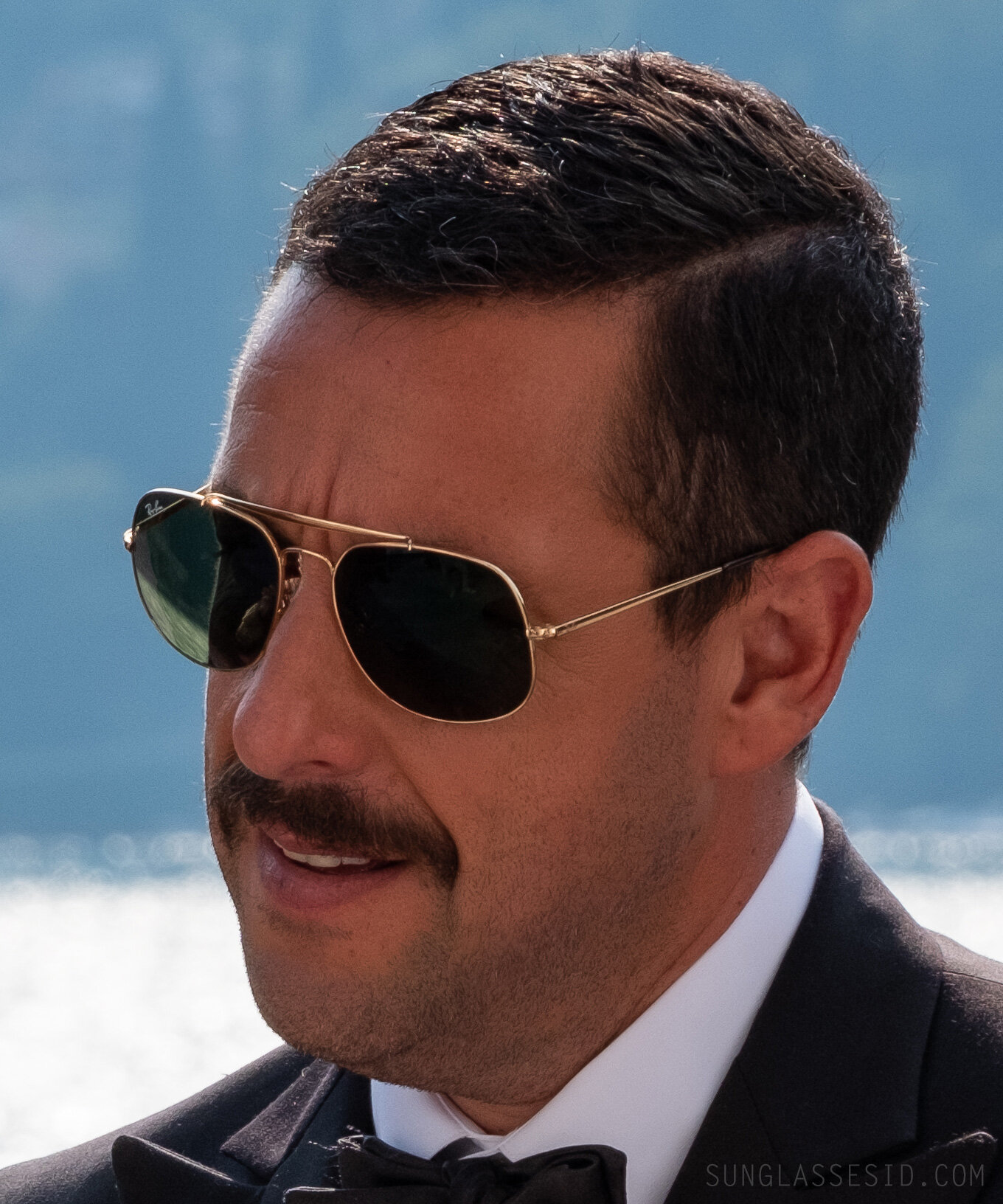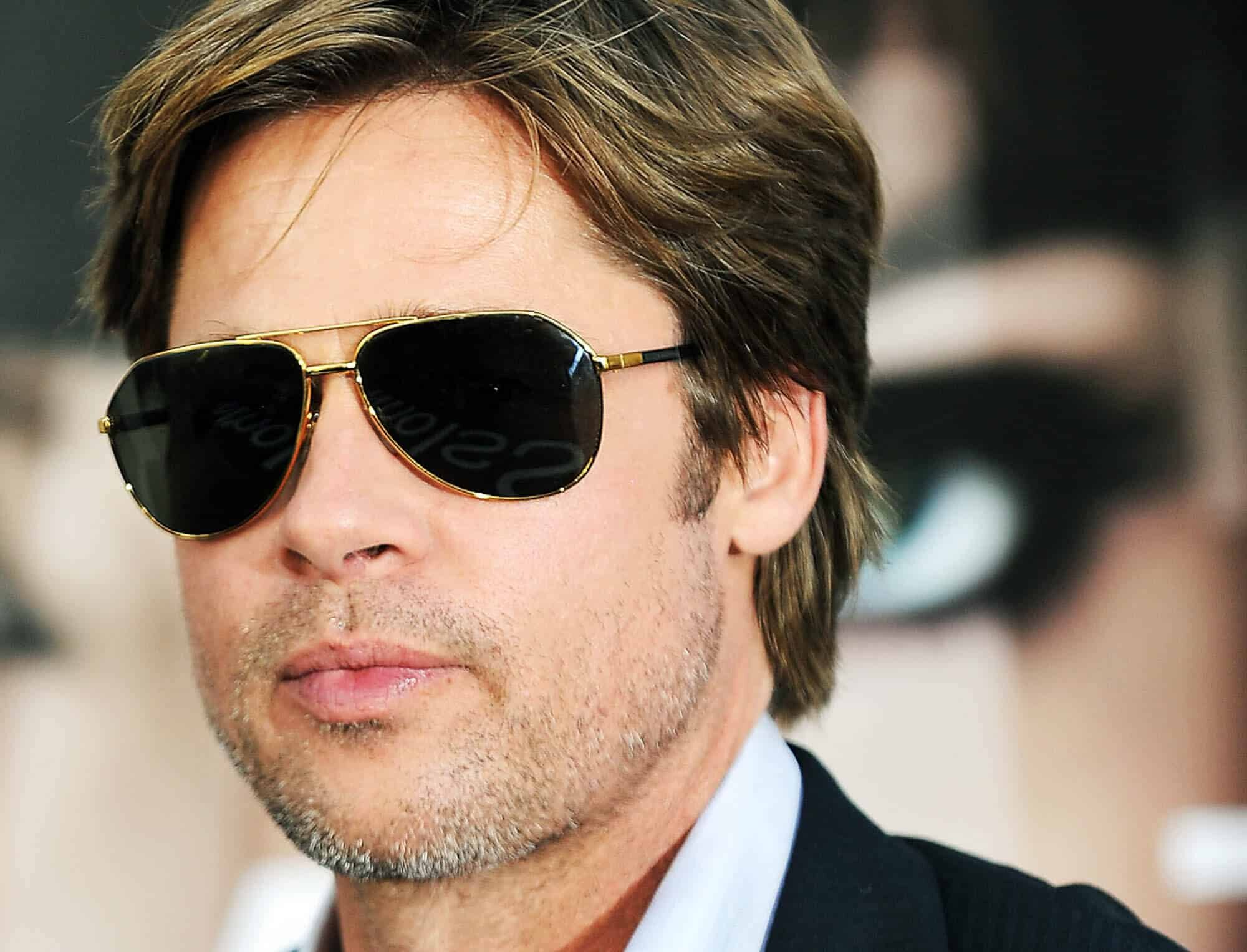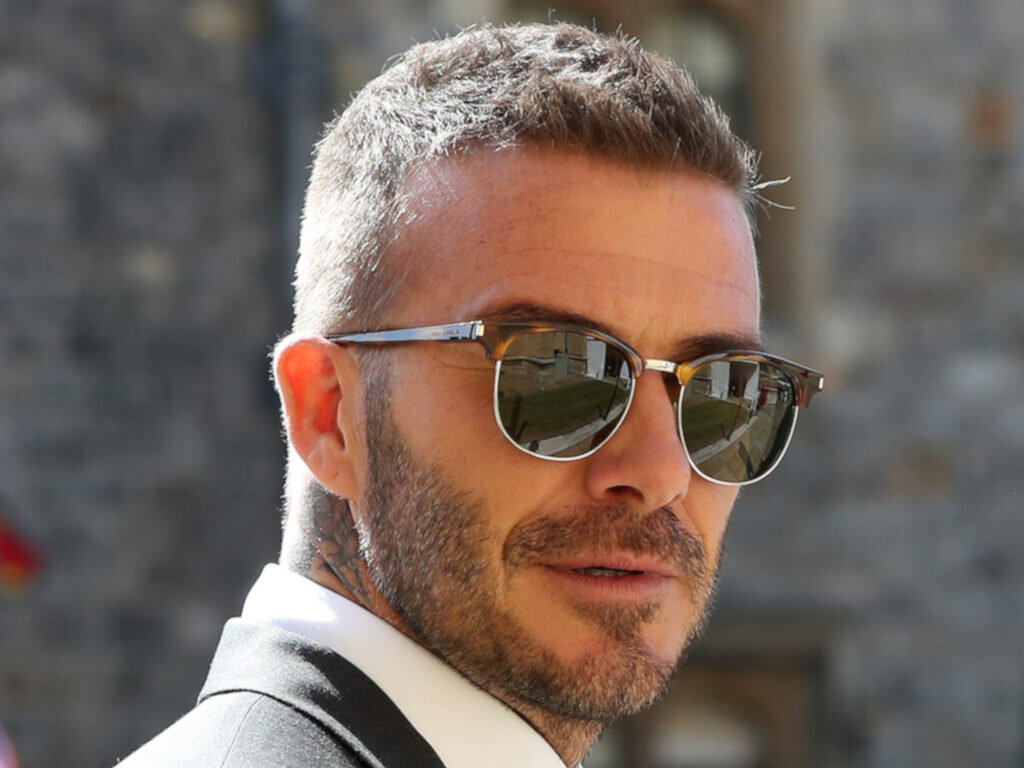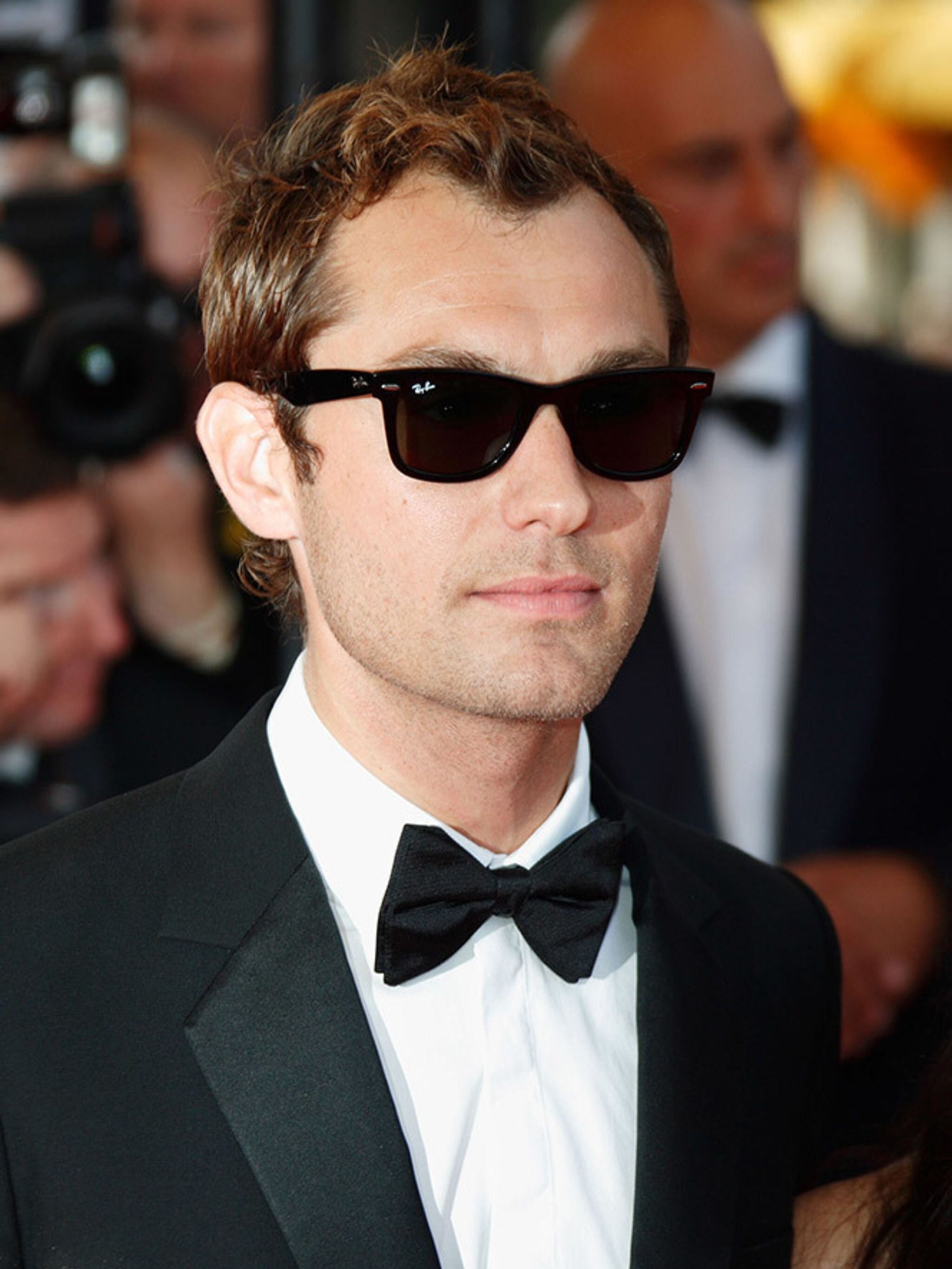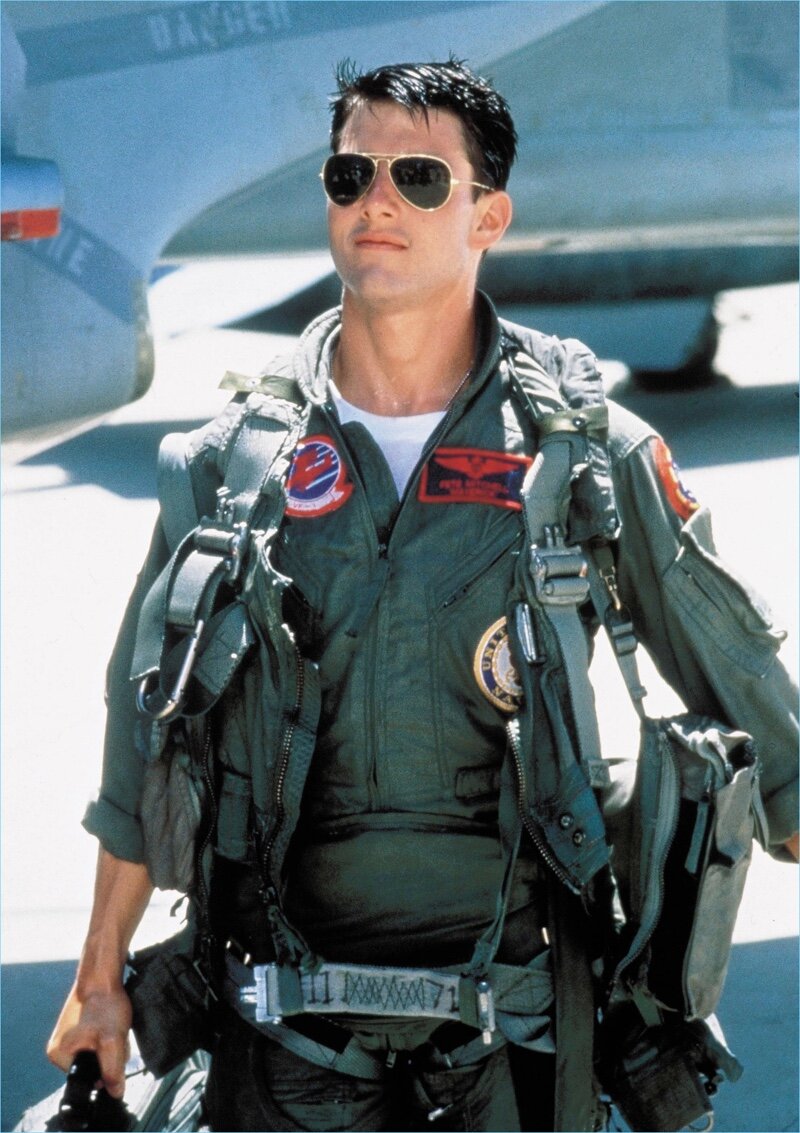From Function to Fashion.
The story of Ray-Bans is probably not one you would have guessed.
It all starts out way back in 1863. John Jacob Bausch immigrated from Germany and met Henry Lomb from the USA. They got their heads together and set up Bausch & Lomb (RB’s parent company) in New York. The idea was to import and manufacture eyeglasses, binoculars, telescopes and microscopes. After a few years they opened up into optical glass and photo lenses, and became a bit of a big deal in the “scientific glass” arena, so when WWI came around this was bad news for the people but good news for Bausch & Lomb. As you can imagine, the demand for this in the military was BIG. Weapons sights. Periscopes. B&L were in there.
War was good for the two glass-magnates. They became the go-to-guys for the US Military over the years, and in 1936 got called in to help solve a new problem - protecting their pilots eyes from the sun when they’re up in a 20,000 feet dogfight.
“No problem boys.”
John and Henry came back with dark-green, plastic-framed glasses shaped like teardrops. This was to protect the part of the pilot’s face, that wasn’t covered up by his helmet and mask, from sunburn. Pretty clever. The lenses were “anti-glare” (which ended up being the super unoriginal but original name for the glasses) and B&L had cracked it.
A year later they launched a wire-framed version of their “Aviator” (pilot, aviator, you get it) inspired glasses. They called these “Anti-Glare” too, but it didn’t really stick. So they went back to the drawing board. After a while they came back with “Ray-Bans”. The genius behind behind this? The fact that they “ban rays” from the sun. And it caught on. The Ray-Ban Aviators were made available to the general public and a legend in eyewear fashion was born.
funnily enough, pre-1920, sunglasses were virtually unheard of. BY 1938 OVER 20 MILLION PAIRS HAD BEEN SOLD IN THE US. MANY OF THESE UNDER THE NEW RAY-BAN BRAND.
The Aviators were an immediate commercial hit. Pilots and Generals made them cool. Everybody wanted a pair. So Ray-Ban got to work. They released The Outdoorsman (aimed at hunters) and The Shooter, aimed at, well shooters (or marksmen if we’re going to be official). RB were always looking to innovate and keep science behind their design choices. So much so that The Shooter’s even had a circular nosebit, designed to hold your cigarette while you pulled the trigger. Science didn’t stop there either, as Ray-Ban went on to design the first gradient lenses, developed so pilots could keep out the sun and still see their instrument panels. Car drivers soon latched on to the fact that they could use them for the exact same reason. Think about that next time you’re wearing yours - the Aviator OG’s were about function before they were about fashion.
Fast forward a little bit of time and movie stars and musicians were upping the brand power for Ray-Ban. They were the eyewear of choice and Ray-Ban were wise to this. In some ways they were way ahead of their time. In 1956 RB launched the “Wayfarers”. The design was said to be influenced by car designs of the Fifties due to their plastic, wing-shaped frames - and their number one tactic for brand and product promotion? It was influencers. There was no social media obviously, but there were some BIG names that lead the masses when it came to “what was cool”, and Ray-Ban leveraged this perfectly.
First up you had some of the biggest players around - John F Kennedy, Muhammad Ali, Audrey Hepburn and James Dean. This kicked Ray-Ban right to the top. But it didn’t stop there. Next came some big movie cameos including The Breakfast Club, The Blues Brother and Miami Vice, which in turn lead to some more serious support from music’s finest. Madonna. Billy Joel. Elvis Costello. Even Michael Jackson. Ray-Ban were at the top of their game, and the only way from there was up.
Fast forward closer to today, and you’ll see not a huge amount has changed. Aside from new ownership (Luxxotica bought out Bausch & Lomb in ‘99) Ray-Ban remains as authentic as ever, in product, in promotional approach and in most of all, in brand. And this is the bit that resonates the most with me. Brand authenticity is a very rare but very powerful thing. Being completely true to your story and in turn to your consumers is what builds and maintains long-term growth for your brand and ultimately your business.
